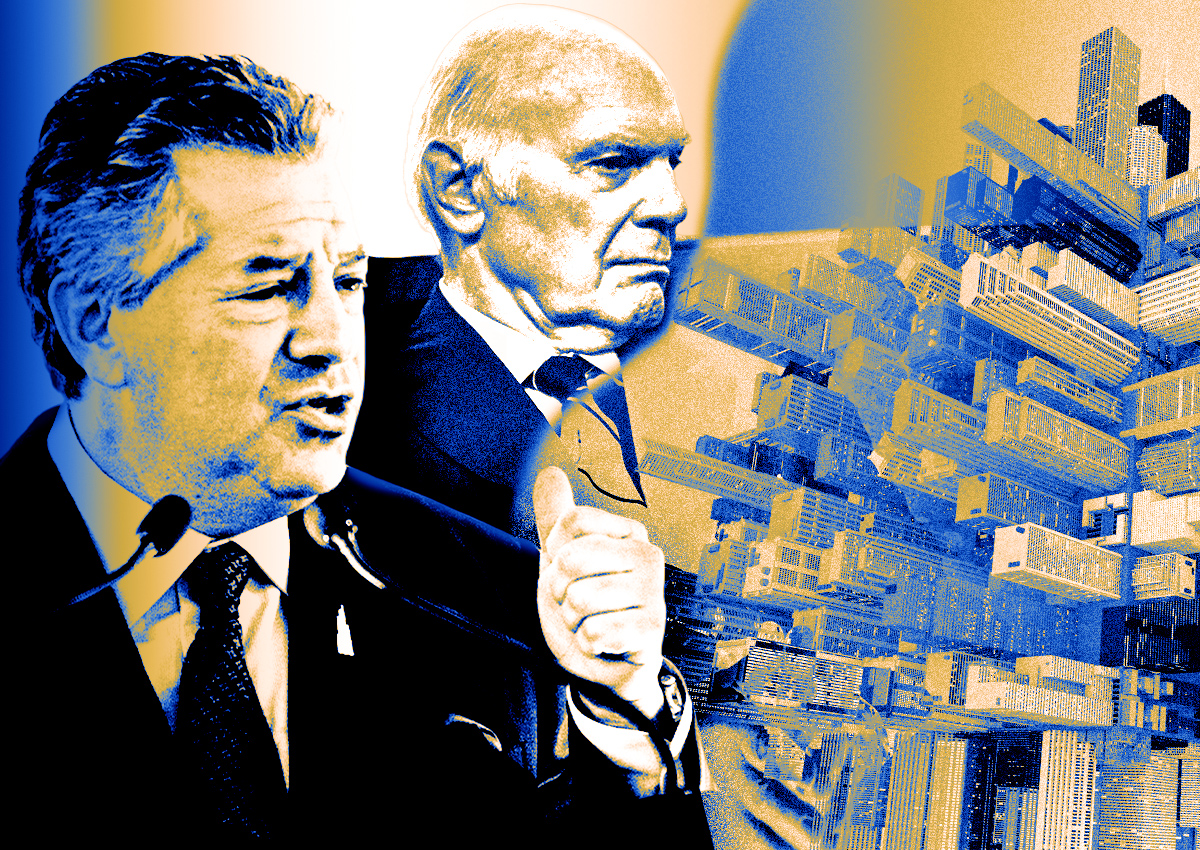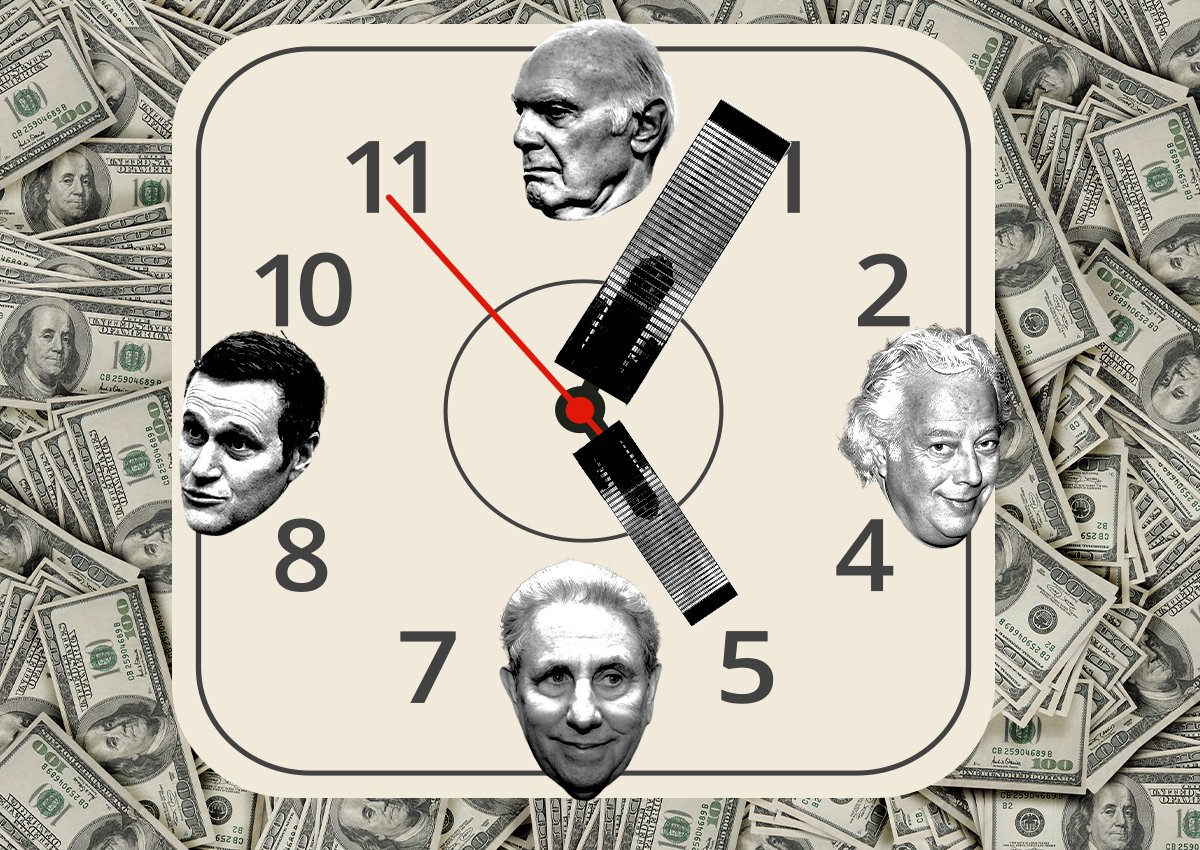Stefan Soloviev called his shot in May at The Real Deal’s New York City Showcase + Forum.
The heir to Sheldon Solow’s real estate empire predicted he would soon fill the portfolio’s crown jewel, the office building at 9 West 57th Street, despite the soft market, during an interview with TRD publisher and founder Amir Korangy. Three leases signed last week for nearly 65,000 total square feet have brought him closer to that goal, pushing the building’s occupancy rate over 90 percent.
“Despite all the negativity about commercial leasing in New York City we are seeing a dramatic uptick in our activity at 9W,” said Soloviev in a statement. “As I’ve said time and again we are heading to 100-percent occupancy and we will be there even sooner than I’ve said we would in the past.”
Mousse Partners, the investment vehicle behind Chanel, according to Forbes, signed a lease for the entire 33,000-square-foot 43rd floor. It’s a nearly 16,000-square-foot expansion for the company, which is vacating a smaller space on the 46th floor as a result of the deal.
Pointstate Capital, an investment management company, signed a lease for 20,000 square feet on the 37th floor, and Panco Management, a property construction and management company, signed an 11,700-square-foot deal on the 33rd floor.
Howard Fiddle of CBRE represented Soloviev Group.
The sloped skyscraper that towers 50 stories above Central Park has cast perhaps an even taller presence in the commercial real estate world. Built in 1974, Solow’s reported habit of hand picking his tenants gave the building an air of exclusivity. But the building’s vacancy rate hovered near 50 percent under Solow, who preferred empty space over lower rents.
“He did an amazing job putting different properties together,” Soloviev told Korangy. “Running them, that’s where we clashed.”
Despite the leases at 9 West, New York’s office market remains challenged as a result of the work-from-home policies that became popular during the pandemic lockdown. The office occupancy rate was just 48 percent the week of July 26, according to Kastle Systems’ analysis of the number of times employees used Kastle fobs and keycards to access their buildings.
Read more



